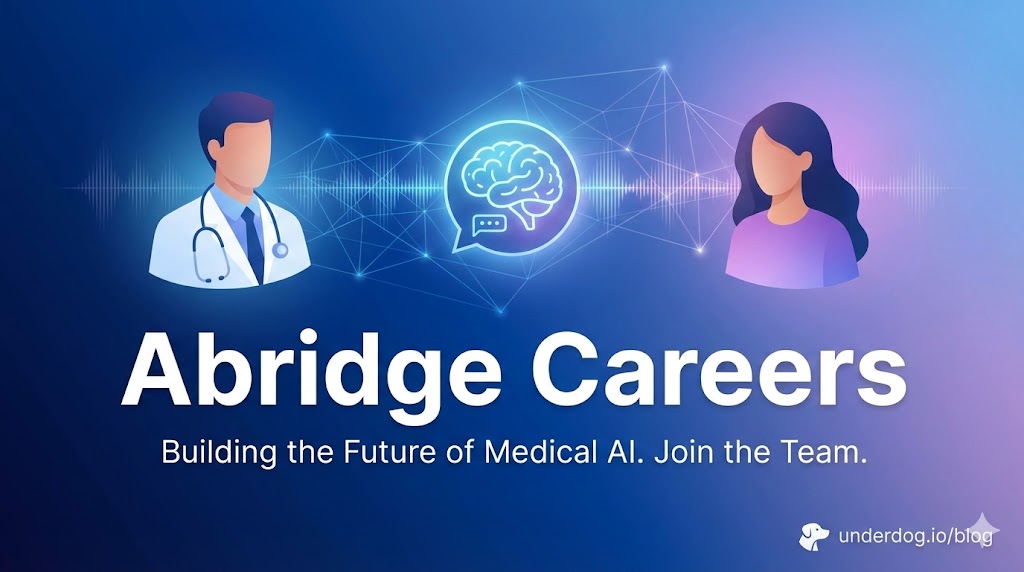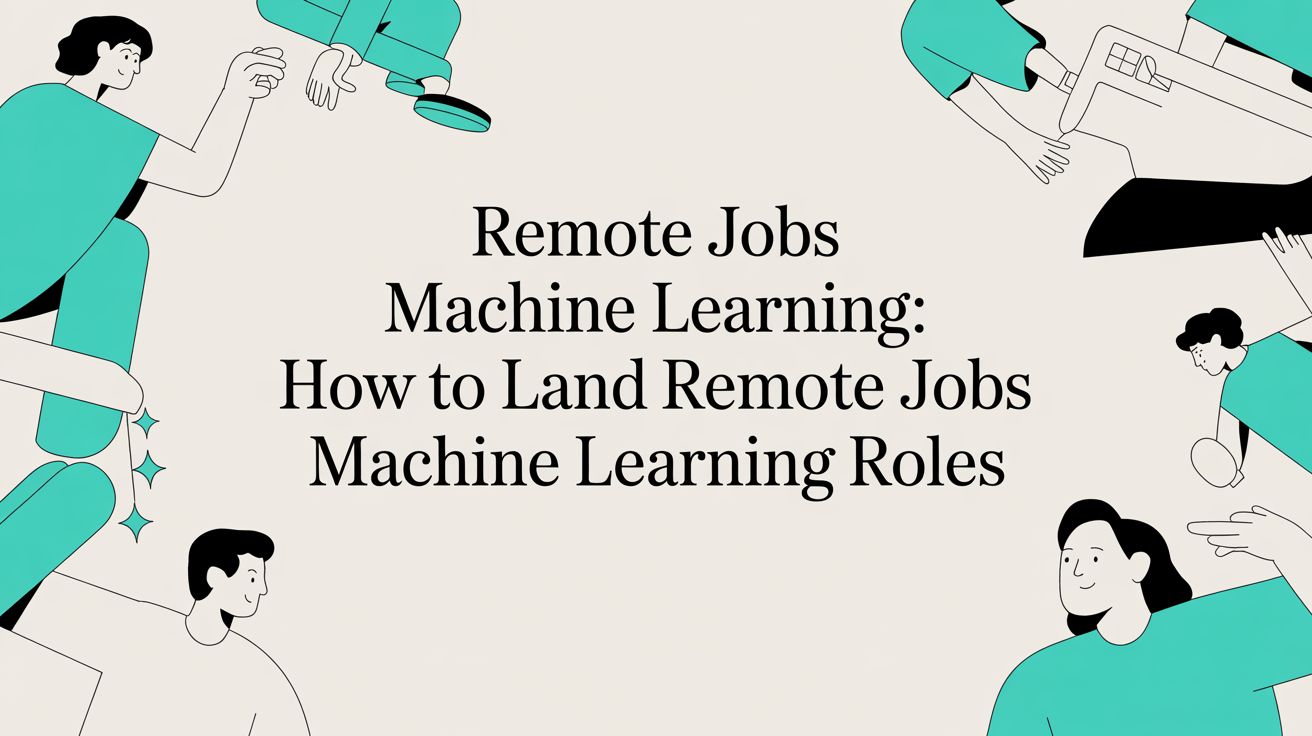Based on data from thousands of interactions on the Underdog.io platform, it takes almost a week longer for UI/UX designers to get an offer letter than candidates with other job functions. That’s an extra week of managing interview anxiety, wasting productivity, and grappling with lost wages, time, and the additional sunk costs that go into an interview process. On top of taking longer, UI/UX design interviews are also notoriously rigorous, as hiring managers struggle to find effective ways to assess design skills.
So why are design interviews so clunky? Is something broken in how hiring managers assess design skills? Or does a lengthy interview process just come with the territory?
The truth is that most interview processes suck for everyone involved. They take up a colossal amount of time and cause anxiety for hiring managers and candidates. But UI/UX design interviews seem to be particularly problematic. Designers have been discussing the flaws in the design interview process for years. Still, the shift to WFH and, unavoidably, interview from home has exacerbated many of the problems in an already flawed system.
Design hiring managers find themselves stuck between a rock and a hard place. UI/UX roles can be so vast and far-reaching that it can feel impossible to properly assess all the required skills in a traditional interview process. A UX designer might work with a project team to host design workshops or interview users to identify problems with a product. Other designers on the same team might produce conceptual drawings of new products or help make web pages more accessible for people with disabilities. While this flexibility is a part of what makes the role so gratifying, it can also lead to some confusion in developing the best process for assessing the breadth of skills a successful designer should possess.
The standard hiring process for a UI/UX designer can involve multiple interviews, a design take-home challenge, a whiteboard challenge, an app critique, and a collaboration exercise. Although hiring managers are giving some real thought to the best ways to assess designers, the result for many candidates is a clunky, time-consuming process.
On the flip side, the popularity of UI/UX design as a field has led to a spike in the number of bad actors trying to game the system. Fraudulent portfolios and dishonest resumes have burned enough hiring managers that a more stringent interview process seems like a logical response. Companies depend on hiring managers to hire candidates that will fulfill (or exceed) their job requirements and lead the team to success. In that respect, the hiring manager is under a ton of pressure to make sure whichever designer they hire can meet the role's requirements. If hiring managers can’t decide based on a portfolio alone, how can they build a process that gives them all the information they need without creating too high of a barrier to entry?
Unsurprisingly, there are a million different opinions on how hiring managers can improve the interview process for design candidates. We can all agree that no one enjoys being stuck in a slow interview process. Both hiring managers and candidates are spending valuable time and energy to fill these roles, so it benefits everyone to develop standards that streamline the hiring process across the board. Hiring managers need to trust in a candidate's ability to perform, and candidates want a process that doesn’t amount to days of unpaid labor. As with many complex topics, the answer may be found somewhere in the middle.
To some extent, designers should expect to spend more time than in other job functions proving their skills. Portfolios rarely cover the full range of experience necessary, and it’s essential to demonstrate an ability to think creatively. Still, take-home challenges, especially those that focus on real-life problems and require multiple hours of research and design work, can be seen as exploitative. A single design challenge that allows the candidate to demonstrate their thought process and fundamental design skills is a much more efficient use of time.
Great design is often a collaborative effort. A team that works well together has a better chance of designing a product that people love. The hiring process should be reflective of that multidisciplinary feedback loop. This process can take the form of a casual team conversation or a portfolio walkthrough with the candidate. Involving the team in the hiring process also allows the candidate to interview the team they’ll be working with and ensure a culture fit.
Picture this: it's Friday night in a busy city and you forgot to make dinner reservations. You walk into a restaurant you’ve heard a lot about and although you’re prepared for a wait - you’d like to have a loose estimate for how long the way may be. You find the courage to ask the host for an estimate and they refuse to give you a straight answer. The person that holds all the power over your dinner plans is refusing to share what feels like a simple piece of information. This extra ridiculous scenario is my best stab at what it feels like to be a candidate.
Something as simple as a firm ‘this interview process will take 2-3 weeks,’ can go such a long way with candidates who are starved for basic information. It gives interested candidates a firm date to plan their lives around and more passive candidates the opportunity to drop out without wasting tons of time. It also allows hiring managers to time box a process that could otherwise go on for far longer than they would want.

Ultimately, a UI/UX design interview process is something most hiring managers will have to tailor to fit their specific situation. What worked well for one team may not work well for another, so it's perfectly reasonable to try something out and tweak it. While there are always ways to improve, the most important takeaway is that building a great design hiring process is worth the effort. Quality UI/UX talent is a scarce resource and one of the biggest drivers of future success, so it's well worth the extra time and energy to get things right. By treating everyone involved with respect and taking feedback into account, it is possible to build a better design hiring process.

